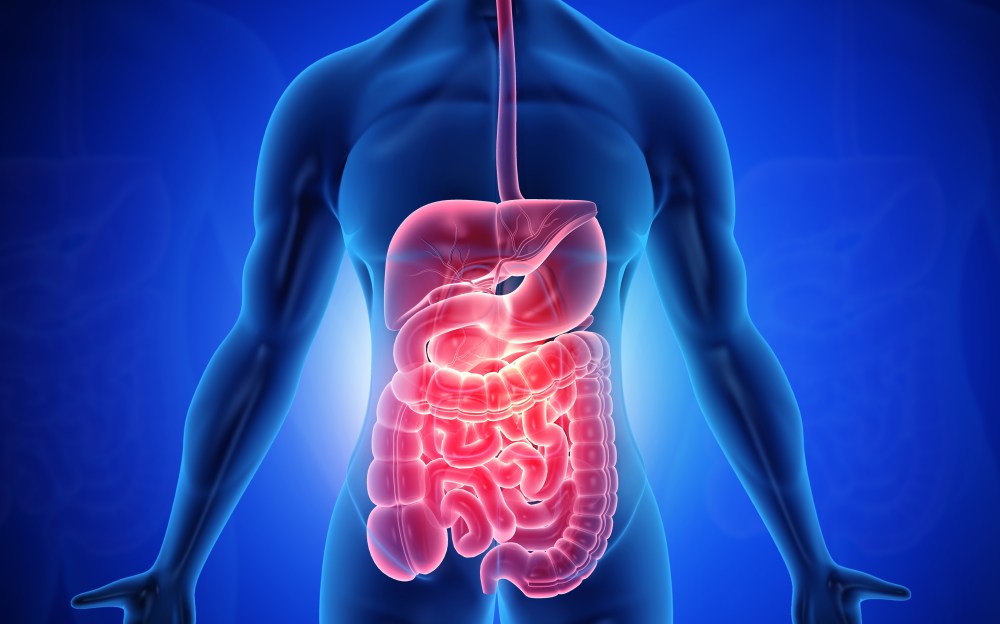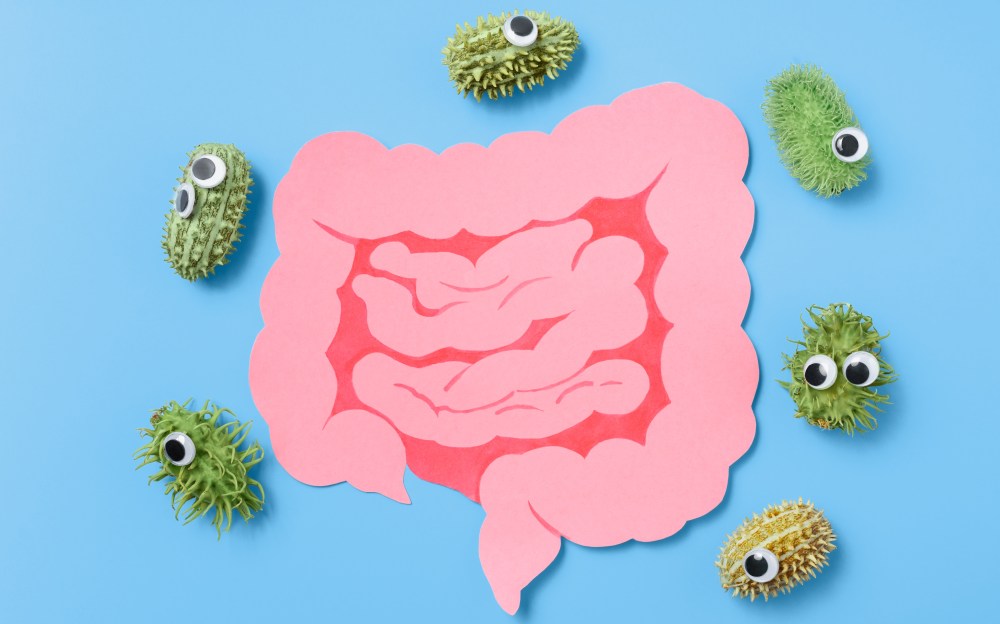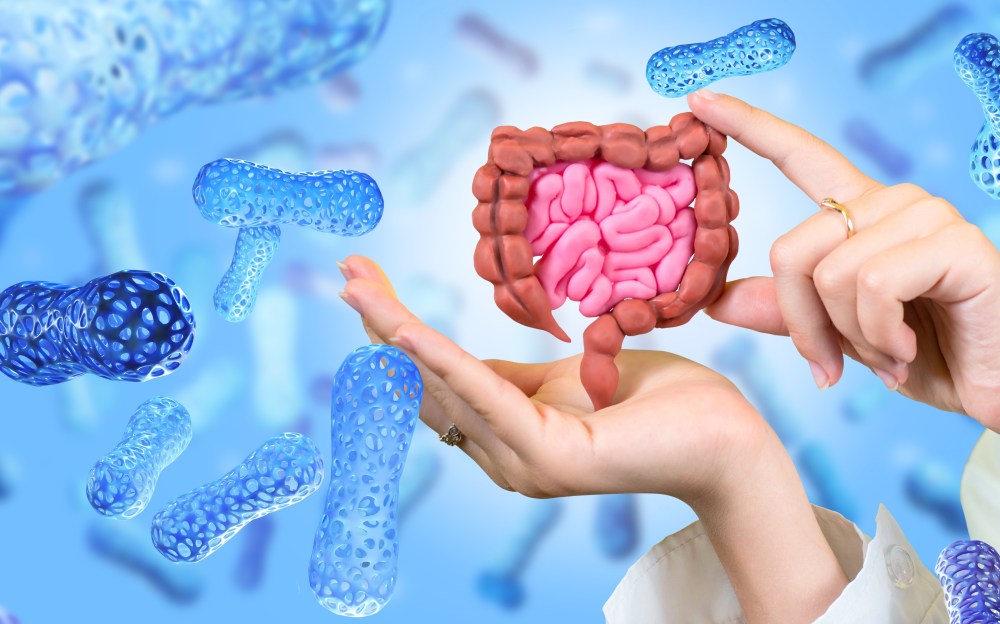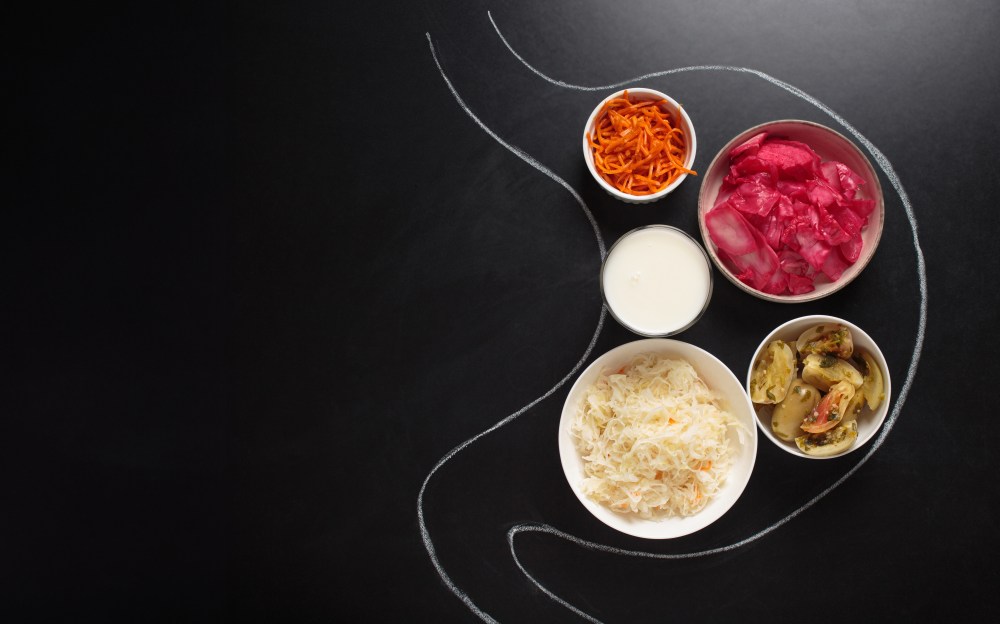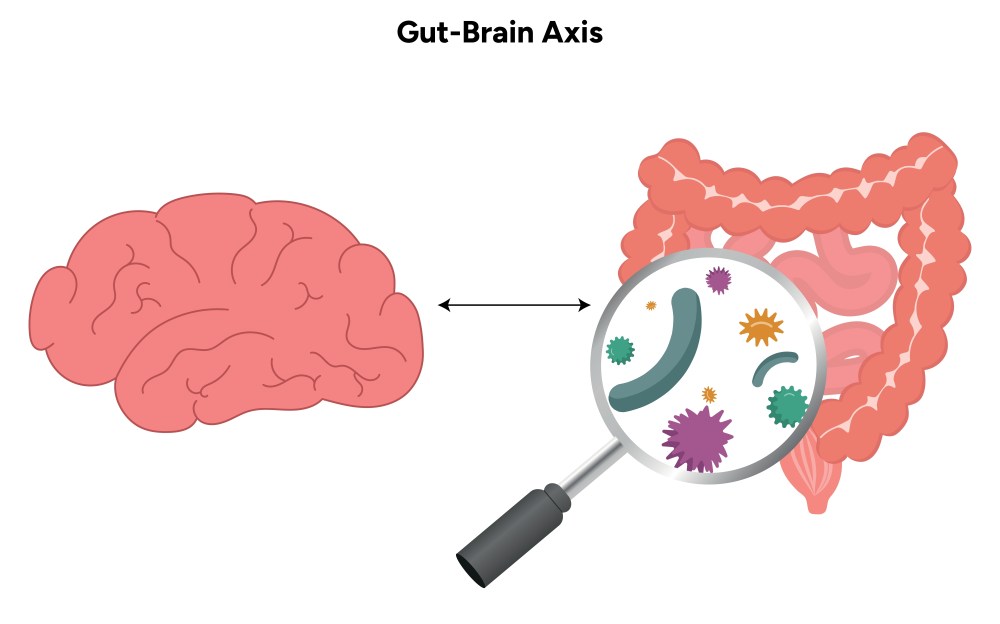At a glance
Lactobacillus reuteri yogurt helps maintain digestive health, and can easily be made at home with just a few simple ingredients. By promoting a diverse gut microbiome, this yogurt may also benefit immune function, skin health, and mental well-being. Regularly consuming L. reuteri yogurt is a natural way to support various crucial aspects of health.
Lactobacillus reuteri yogurt is a probiotic-rich fermented food that supports diverse gut microbiota, promotes balanced immune responses, and may offer benefits for mental health.
Discover five amazing benefits of Lactobacillus reuteri yogurt and learn why you should incorporate this superfood into your daily routine.
What is L. reuteri?
Lactobacillus reuteri, or L. reuteri, is a probiotic bacterium naturally residing in the human gastrointestinal tract.
Renowned for its health-promoting properties, L. reuteri plays a vital role in supporting digestive balance, enhancing immune function, and contributing to overall gut health.
One of the most remarkable traits of this probiotic is its ability to produce reuterin, which is a powerful, broad-spectrum antimicrobial compound.
Reuterin selectively inhibits the growth of harmful pathogens while preserving and promoting the beneficial bacteria essential for a healthy and balanced gut microbiome.
Once present in the gut, L. reuteri is believed to play a role in supporting a balanced microbial environment, which may be influenced by factors like stress, diet, or antibiotics.
Including L. reuteri yogurt can be a nutritious addition to those who practice intermittent fasting or follow a Healthy Keto® diet.
It may complement digestive wellness during fasting periods and help maintain overall comfort, particularly when addressing occasional bloating or changes in regularity.
Watch the video below to learn whether the gut microbiome can recover after taking antibiotics.
5 benefits of Lactobacillus reuteri yogurt
Yogurt is a popular probiotic food that has been consumed for centuries. It’s traditionally made by fermenting milk with beneficial bacterial strains, such as L. reuteri, which contribute to its distinctive taste, texture, and potential digestive benefits.
Here are five benefits of incorporating L. reuteri yogurt into your routine.
1. Supports digestive health
L. reuteri has been found to support digestive health by helping maintain a balanced gut microbiome and promoting a stable intestinal environment.
This is confirmed by a study published in Frontiers in Microbiology, which revealed that L. reuteri may improve intestinal disorders by “protecting the gut barrier, suppressing inflammation and the immune response, regulating the gut microbiota and its metabolism, and inhibiting oxidative stress.”1
Additionally, L. reuteri may help regulate bowel movements, potentially reducing the occurrence of constipation and diarrhea.
2. May improve mental health
A diverse gut microbiome has long been linked to stable mood regulation and better mental health.
Research published in the Journal of Traditional and Complementary Medicine suggests that maintaining microbial diversity, particularly through the consumption of probiotic-rich foods, may positively influence the gut-brain axis, a communication network that connects the gastrointestinal system with the brain.2
While more research is needed, incorporating probiotics like L. reuteri into the diet may play a supportive role in managing occasional stress and promoting emotional balance.

3. Potential anti-cancer properties
Certain probiotic strains, including L. reuteri, may play a supportive role in fighting blood-related cancers.
According to a study published in Cancers, L. reuteri may enhance the process of programmed cell death in chronic myeloid leukemia (CML) cells by increasing their sensitivity to proteins that help the body target and eliminate damaged or abnormal cells.3
4. Promotes skin health
L. reuteri may support healthier skin by promoting balanced inflammatory responses and enhancing the body’s defenses against microbial infections.
“L. reuteri may help soothe skin irritation caused by UV exposure, improve skin hydration, and strengthen the skin’s natural barrier, thereby contributing to a healthier, more resilient complexion,” explains Dr. Berg.
Moreover, it may protect against the overgrowth of acne-causing bacteria and promote a balanced pH level, which is essential for maintaining clear skin.
5. Helps strengthen immune system functions
In addition to its skin benefits, L. reuteri has been shown to strengthen and balance immune system functions.
It’s believed that L. reuteri can stimulate the production of various cytokines, which are messenger compounds essential for regulating immune and inflammatory responses.
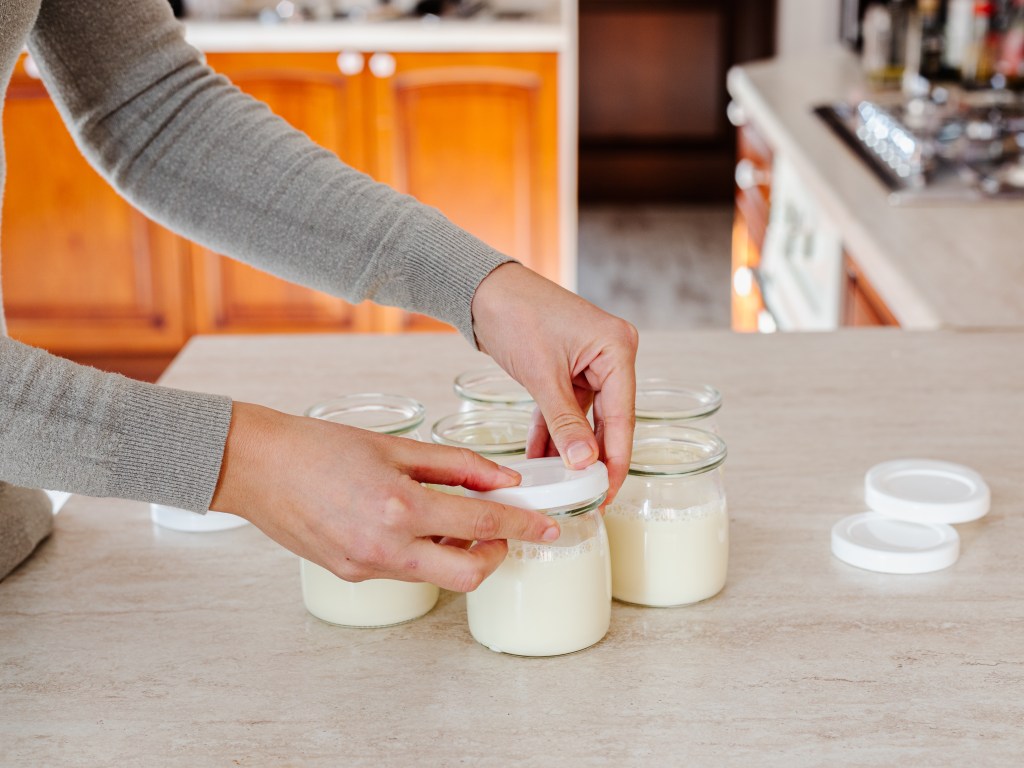
How to make L. reuteri yogurt
Making yogurt with L. reuteri at home differs from traditional yogurt due to its prolonged fermentation process.
Compared to conventional yogurt, L. reuteri yogurt typically ferments for 36 to 48 hours, allowing this health-promoting probiotic to multiply and fully deliver its potential health benefits.
Using a yogurt maker is ideal for this method, as it maintains the stable, low temperature of around 100°F (38°C), required for L. reuteri to thrive.
Many people use whole milk, raw milk, or organic milk for a nutrient-dense option. For a smoother consistency, you can incorporate full cream milk, organic half and half, or a blend of half cream and half whole milk.
Coconut milk can also be used as a dairy-free alternative, though it may require slight adjustments to properly support fermentation.
No matter which base you choose, adding a small amount of prebiotic fiber, such as inulin powder or acacia fiber, helps nourish the beneficial bacteria while also enhancing the yogurt’s final texture and consistency.
Once your first batch is complete, you can use a few tablespoons from the previous batch as a starter culture for subsequent batches, similar to traditional methods of home fermenting.
Ready to make your own L. reuteri yogurt at home? Download this free, comprehensive L. reuteri guide for step-by-step instructions to get you started!

Who should avoid L. reuteri yogurt
While L. reuteri yogurt is generally considered safe for most people, some individuals should exercise caution before incorporating it into their diet.
Individuals with weakened immune systems, such as those undergoing chemotherapy, living with HIV/AIDS, or taking immunosuppressive drugs, may be at higher risk of bacterial imbalances or infections.
Since infants, especially those under three months, have developing gut and immune systems, introducing high concentrations of L. reuteri without medical supervision may interfere with this natural development. Pediatric use should always be guided by a healthcare provider.
Furthermore, those taking medications that alter gut function, such as antibiotics, immunosuppressants, or antifungal drugs, should consult a doctor before adding L. reuteri yogurt to their routine.
These medications can change how probiotics interact with the body, potentially affecting their safety or effectiveness.
If you have any pre-existing conditions or are taking prescription medications, it’s recommended to consult your healthcare provider before incorporating L. reuteri yogurt into your diet.
Key takeaways
- L. reuteri yogurt helps maintain a balanced gut microbiome, supports digestion, and may promote emotional and mental well-being.
- This probiotic-rich food also supports immune function and helps foster microbial diversity.
- Homemade L. reuteri yogurt is easy to make and an excellent addition to a healthy diet.
FAQ
1. What is Lactobacillus reuteri yogurt?
Lactobacillus reuteri (L. reuteri) yogurt is a fermented dairy product made using the probiotic strain L. reuteri, renowned for its potential to support gut health, immune function, and microbial diversity.
2. What are the health benefits of L. reuteri?
L. reuteri has been suggested to help reduce inflammation, support immune function, enhance digestive health, and contribute to skin health.
3. Can you make Lactobacillus reuteri yogurt at home?
Yes, you can make your own L. reuteri yogurt at home by using a reuteri starter culture containing this health-promoting probiotic strain.
4. Can you have Lactobacillus reuteri yogurt every day?
Yes, you can have L. reuteri yogurt daily as part of a nutritious diet. However, it’s crucial to note that the benefits of probiotics are strain-specific and may vary for each individual.
5. Does L. reuteri yogurt taste like normal yogurt?
Compared to conventional yogurt, L. reuteri has a slightly more sour or tangy flavor. Some people may also notice a slight difference in texture, as L. reuteri yogurt tends to be thicker and creamier than traditional varieties such as Greek yogurt.
6. Who should not have Lactobacillus reuteri?
L. reuteri yogurt offers a range of health benefits for most people, but it may not be suitable for everyone. Those with compromised immune systems or individuals taking specific medications should consult a healthcare provider before incorporating it into their diet.
Sources
- https://pmc.ncbi.nlm.nih.gov/articles/PMC9932687/ ?
- https://www.sciencedirect.com/science/article/pii/S2225411024000300 ?
- https://pmc.ncbi.nlm.nih.gov/articles/PMC7793079/ ?

